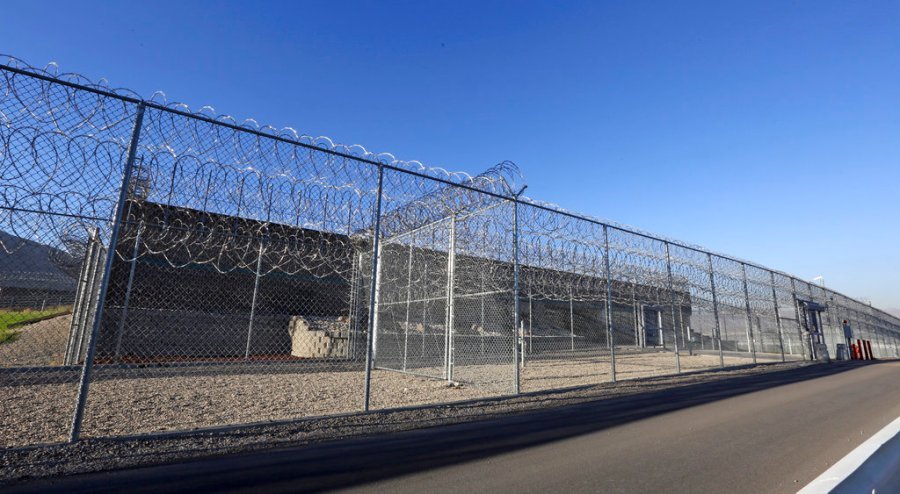
Locking up a mom punishes more than one person — it punishes her children, her family and her neighborhood.
As a retired police officer, I have seen firsthand that women must face consequences when they break the law. I have also seen that the current system isn’t built to hold them accountable effectively.
Arrests of women have surged by 48 percent since 1980, and their incarceration rate has climbed by one-third just since 2020 — nearly twice the increase for men. At the same time, women’s share of violent crime arrests has jumped by about 70 percent, and women’s drug crime arrests are up more than 300 percent.
These are not small shifts. They reveal a justice system that applies one-size-fits-all enforcement, charging and sentencing to populations with very different realities. More than 90 percent of women in the system report trauma, abuse or coercion connected to their offenses, far higher than men. And although accountability is essential, women bring different risk profiles. They are far less likely to reoffend violently. Their records are less persistent, and many violations stem from technical missteps rather than new crimes.
The fallout from locking up mothers is devastating. Most incarcerated women are the primary caregivers for their children. When they are jailed, their children are 12 times more likely to end up in foster care and face long-term psychological and educational harm. Because women’s facilities are often far from home, visitation becomes nearly impossible, leaving families fractured and communities weaker.
The ripple effect is measurable: Children of incarcerated mothers are more likely to drop out of school, struggle with mental health, and come into contact with the justice system themselves. By ignoring these collateral costs, we undercut rather than strengthen public safety.
Police and prosecutors are at the center of this issue — and they can be part of the solution. For the last year, I have been part of the Women’s Justice Commission from the Council on Criminal Justice, a bipartisan group of experts studying these issues. We identified three key ways to improve the system for women.
First, although women must be held accountable when they break the law, officers need more tools than just arrests. Diversion and deflection programs that connect women to treatment, housing and services can stop cycles of crime without putting the public at risk.
These aren’t soft-on-crime alternatives. They are evidence-based strategies that allow officers and prosecutors to prioritize truly dangerous offenders while still demanding accountability from those who pose little risk of violence.
Pretrial detention practices also need fixing. Nearly 60 percent of jailed women are there pretrial — often not because they are dangerous, but because they simply can’t pay bail. When low-risk mothers lose jobs, housing and custody while awaiting trial, the collateral damage spreads quickly.
Bail decisions should be based on actual risk, not financial means, ensuring that courts maintain leverage without destroying family stability in cases where women are unlikely to flee or reoffend.
Sentencing should follow the same principle: tough where it needs to be, but not blindly destructive. Some states already allow judges to weigh caregiver status. That isn’t leniency — it’s recognition that the government should punish with precision, not blunt force. And when prison is unavoidable, corrections systems should ensure access to family contact, mental health care and parenting programs. The goal should be to return women as better parents, not worse ones.
Critics might argue that none of this should matter — that once someone breaks the law, consequences are all that count. But it makes us less safe to ignore the data. It costs far more to lock up a low-risk mother than to divert her into treatment or structured supervision. The loss of her income and caregiving often shifts costs to taxpayers in the form of foster care, public benefits and long-term child welfare involvement. And when those children grow up destabilized, the cycle repeats.
None of this is about excusing crime. It’s about enforcing accountability in ways that actually reduce crime and strengthen public safety.
Simply locking up more women — especially mothers — destabilizes families, fuels future victimization and wastes resources. Smarter policing and prosecution that reflects women’s realities is how we protect communities, cut repeat crime and deliver on the promise of justice.
Jillian E. Snider is a resident senior fellow at the R Street Institute, adjunct lecturer at John Jay College of Criminal Justice and a retired NYPD officer.


